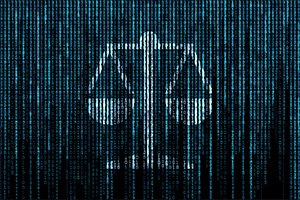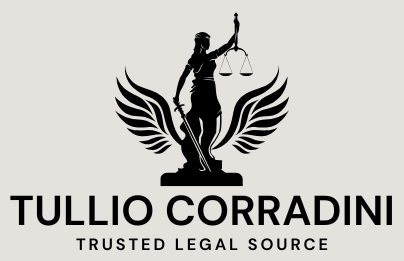
A person of the threshold specifications for obtaining a patent beneath U.S. legislation is that the creation is a “new and handy approach, device, manufacture, or composition of make a difference, or any new and handy improvement thereof…” In other words, the subject matter matter of the invention will have to be qualified for patenting. Numerous courts have employed this prerequisite as a threshold check in litigation, with early dismissal of circumstances that fall short the take a look at. A new Federal Circuit determination implies this kind of decisions may perhaps not endure scrutiny.
Background
In 2014, the Supreme Court held in Alice Corp. v. CLS Financial institution that “[l]aws of mother nature, all-natural phenomena, and summary ideas” are not eligible for patent defense. The patentability analysis hence turns on whether or not one particular is seeking to patent the “building blocks of human ingenuity” as opposed to “integrat[ing] the constructing blocks into something more.” The Court translated this notion into a two-action take a look at whereby at step a single, it is determined regardless of whether the claim is directed to a “patent-ineligible concept” (e.g., an summary thought) and, at phase two, the elements of the claim are analyzed to ascertain if it has an “inventive notion sufficient to renovate the claimed summary notion into a patent-eligible application.”
The Recent Choice
In Cooperative Leisure v. Kollective Techology, Inc., the Federal Circuit lately had the chance to utilize this take a look at in contemplating an appeal from the Northern District of California.
The plaintiff sued for infringement of a patent (U.S. Patent No. 9,432,452) relating to methods and solutions of structuring a peer-to-peer (P2P) dynamic network for distributing significant information, particularly video clips and video games. P2P, or peer-to-peer technological innovation, has existed for many years and achieved the public consciousness with the proliferation of file sharing web sites like Napster in the late 1990’s. In essence, the technologies permits users to make a part of their computing means readily available instantly to other members in a Articles Distribution Community (“CDN”). The ’452 patent statements methods and units for a network in which “content distribution happens ‘outside managed networks and/or [CDN],’s, i.e., outdoors a ‘static network of managed devices.’”
The Northern District of California, making use of the Alice test, dismissed plaintiff’s complaint mainly because the ‘452 patent “merely put into action[ed] the abstract thought of planning and transmitting facts about a personal computer community with generic laptop or computer factors working with conventional technology.” It did so following undertaking a extensive analysis of the grievance, the patent and the prosecution heritage. The plaintiff appealed on the ground that Claim 1 of the patent contained a number of creative ideas which constituted particular improvements in the distribution of knowledge in contrast to the prior art.
In reversing the district courtroom, the Federal Circuit did not address the first move of the Alice test mainly because the “claims comprise[ed] alleged ingenious principles not limited to the abstract concept, which defeat Kollective’s Rule 12 movement.” Indeed,the Court docket found that the two creative ideas in Claim 1, specifically the use of “trace routes” in written content segmentation and “peer nodes [] dispersed exterior managing networks and/or articles distribution networks,” have been sufficiently plead to defeat a movement to dismiss.
The court docket also mentioned that “[p]atent eligibility is finally a issue of regulation …review[ed] de novo … [but] it may well depend on fundamental difficulties of point.” Weighing the allegations in favor of the patentee—as needed at the Rule 12 stage—the court docket held that it was not determining “today that the promises are patent eligible under § 101” but instead that “there are plausible factual allegations that the statements contain inventive ideas.” The Court emphasised that, “[a]t a least,” the district court need to have denied the movement to dismiss for this rationale.
Takeaways
The Federal Circuit’s decision should give some ease and comfort to plaintiffs. District courts may well, in the foreseeable future, be much more hesitant to dismiss a situation at the pleading phase on ineligibility grounds in perspective of this conclusion. Nevertheless, plaintiffs must nevertheless assume important scrutiny when there are colorable issues underneath Part 101 about matter matter eligibility. Plaintiffs may perhaps be in a position to stay clear of early dismissal by in depth pleading of the purported creative principles in these types of promises.











More Stories
California Proposition Regarding App-Based Drivers is Largely Here to Stay (For Now)
Court of Appeal: Privette Doctrine Does Not Apply to Landlord-Tenant Relationships | California Construction Law Blog
USDA Proposes New “Made in the USA” Standard